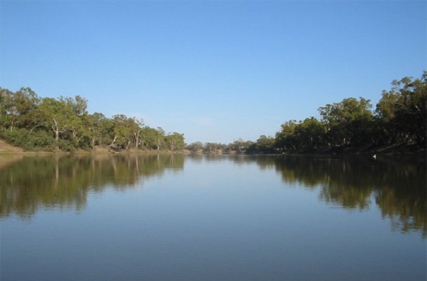
The Basin Plan is affecting water availability and affordability, particularly for dairy farmers in shared irrigation districts.
By Terry Richardson
Acting ADF president
Back in November 2016, we welcomed the announcement by the Murray-Darling Basin Authority (MDBA) to reduce the northern basin target.
It was pleasing to see the MDBA proposing to reduce the water recovery targets in the Northern Basin by 70GL following a rigorous socio-economic analysis in the north, which showed significant adverse impacts on agriculture and regional communities.
So far, 1966 GL had been recovered or more than 70 per cent of the original 2750GL plan for the environment, including 1651 GL in the southern-connected Basin comprising northern Victoria, southern NSW and SA.
The Basin Plan is affecting water availability and affordability, particularly for dairy farmers in shared irrigation districts.
This is presenting a significant adjustment challenge. The Murray-Darling Basin Authority is due to submit its first five-year review in mid-2017. It has promised to work with States, regions, community and industries to inform this review.
The most affected by the Basin Plan is the Goulburn Murray Irrigation District (GMID) which supply’s more than 80% of the Basin’s milk.
It is imperative that any further implementation beyond the 2750 GL Basin Plan is done in a way that balances social, economic and environmental outcomes in a way that limits any potential negative socio-economic impacts of water recovery.
ADF is working closely with our state members and in partnership with the NFF and other commodity and irrigation industry peak bodies to get the best outcome for the industry.
In response to the current implementation of the Basin Plan, ADIC will be focusing on the following policy positions in 2017:
- Meet the 2750GL target in full before considering the 450GL ‘upwater’ provided no additional negative socio-economic impacts are caused.
- Review the modelling to account for the full 650GL in offsets as long as the environmental works can deliver similar or better outcomes to 2750GL with less water.
- Assess the potential socio-economic effects of the 450 GL ‘upwater’ before commencing any recovery of it.
- Change the socio-economic neutrality test so that it is measured on a community level.
- Call on the Ministerial Council (MINCO) to determine the terms of reference for the socio-economic impacts study.
- Request environmental water efficiency be maximised before recovering water from irrigation communities.
What we need now is the Murray Darling Basin Plan and the law that sits behind it to have the same flexibility as our policy position. The Basin Plan is already having a significant impact on farmers, manufacturers and the rural communities they support, with more to come as recovery deadlines approach.
